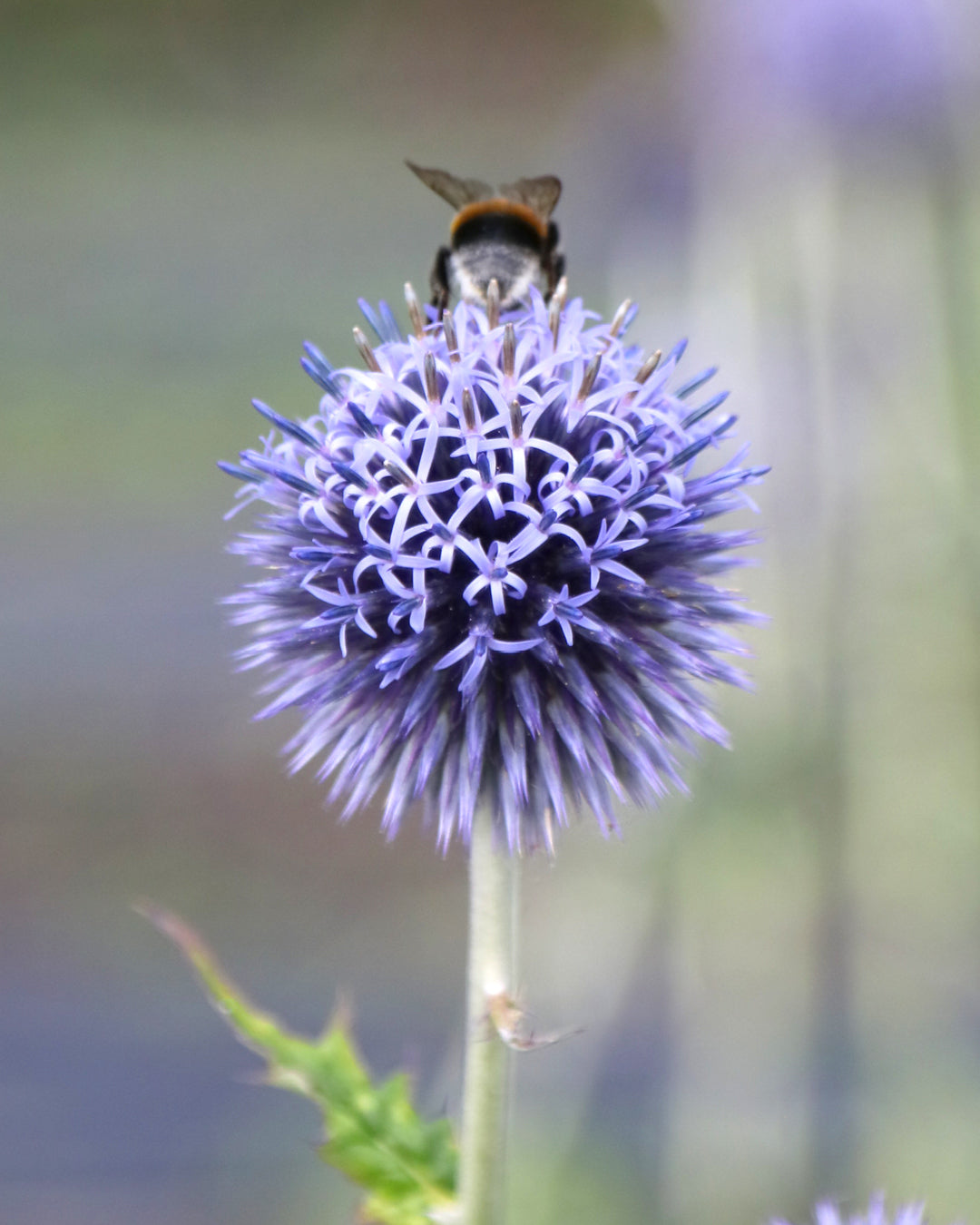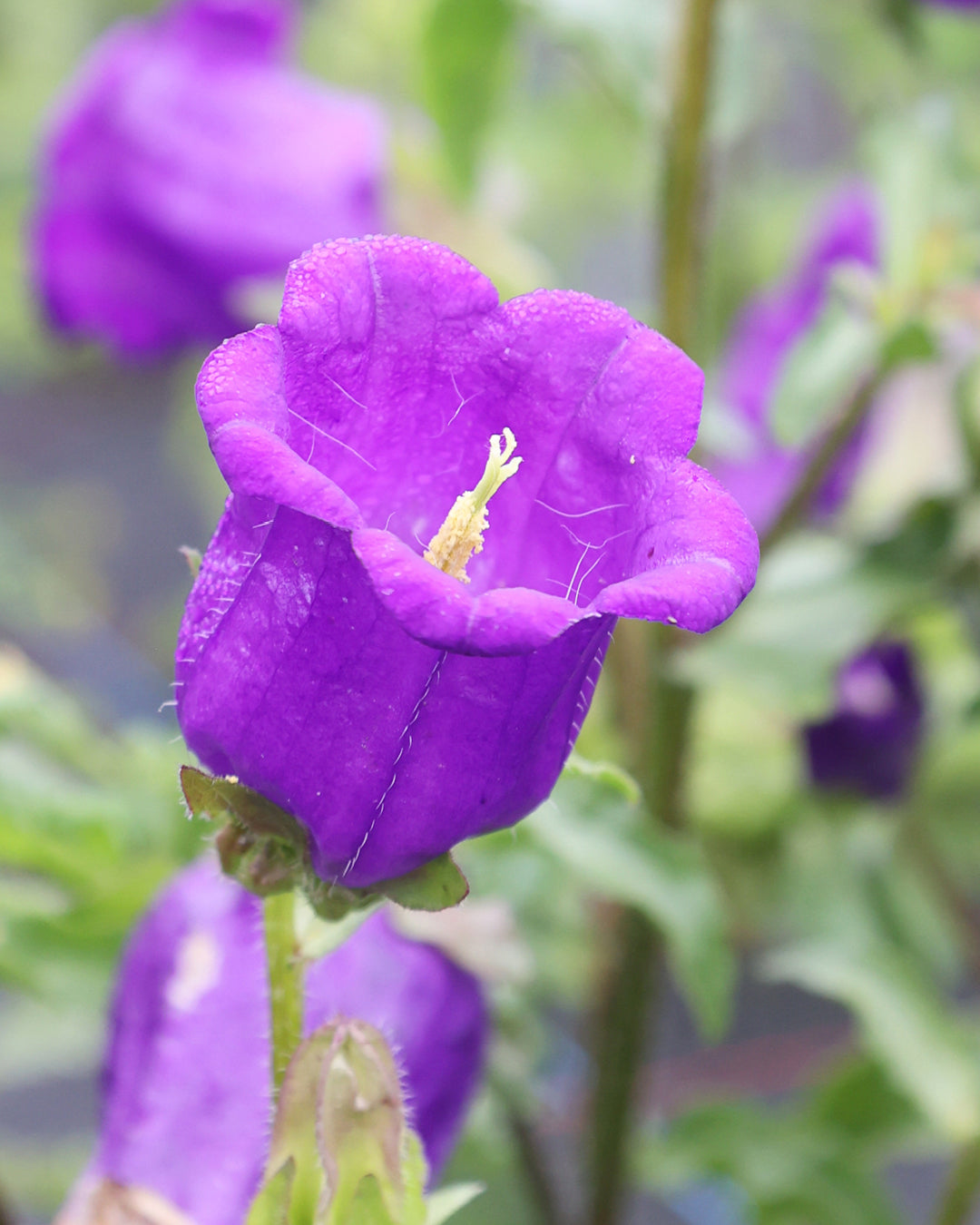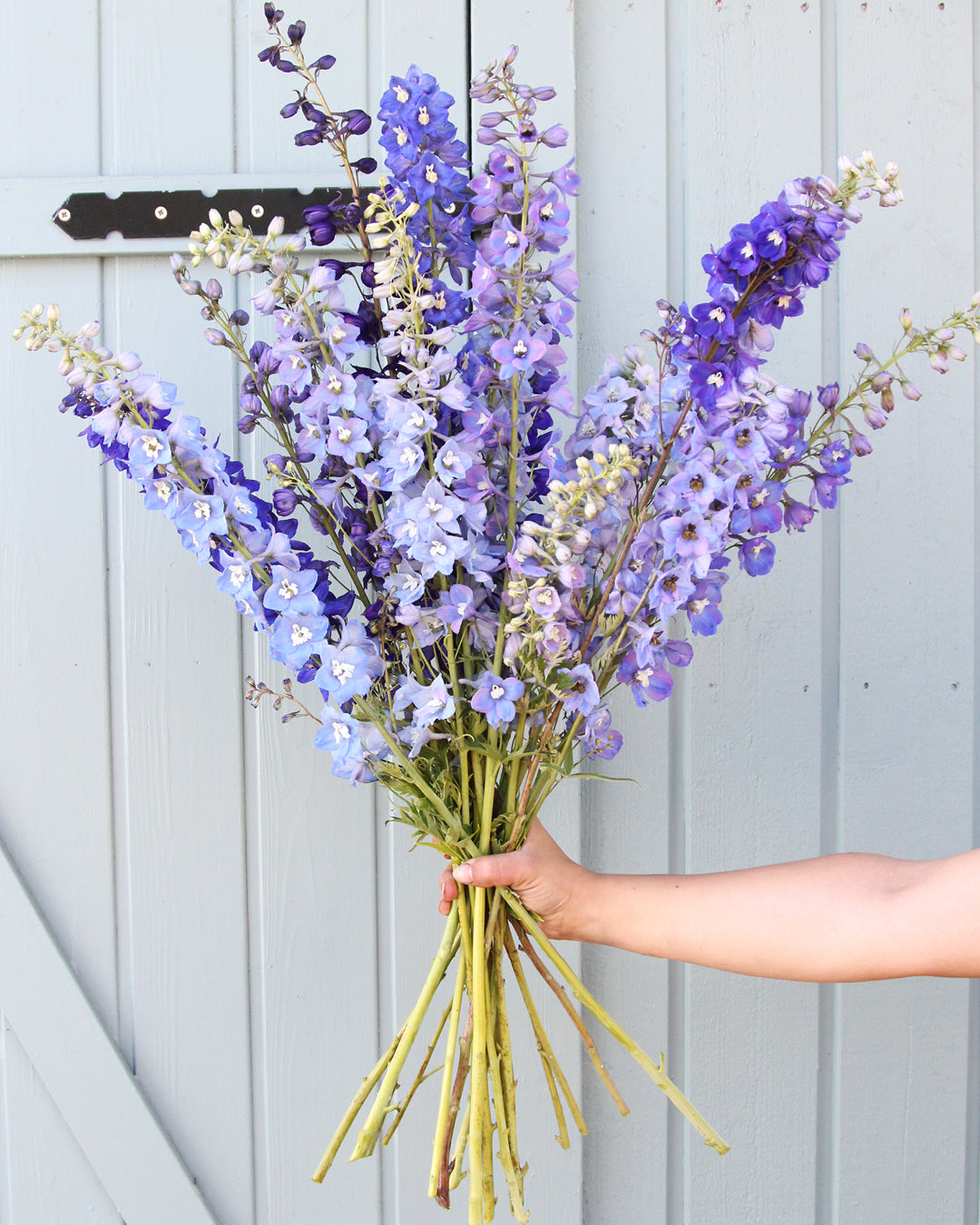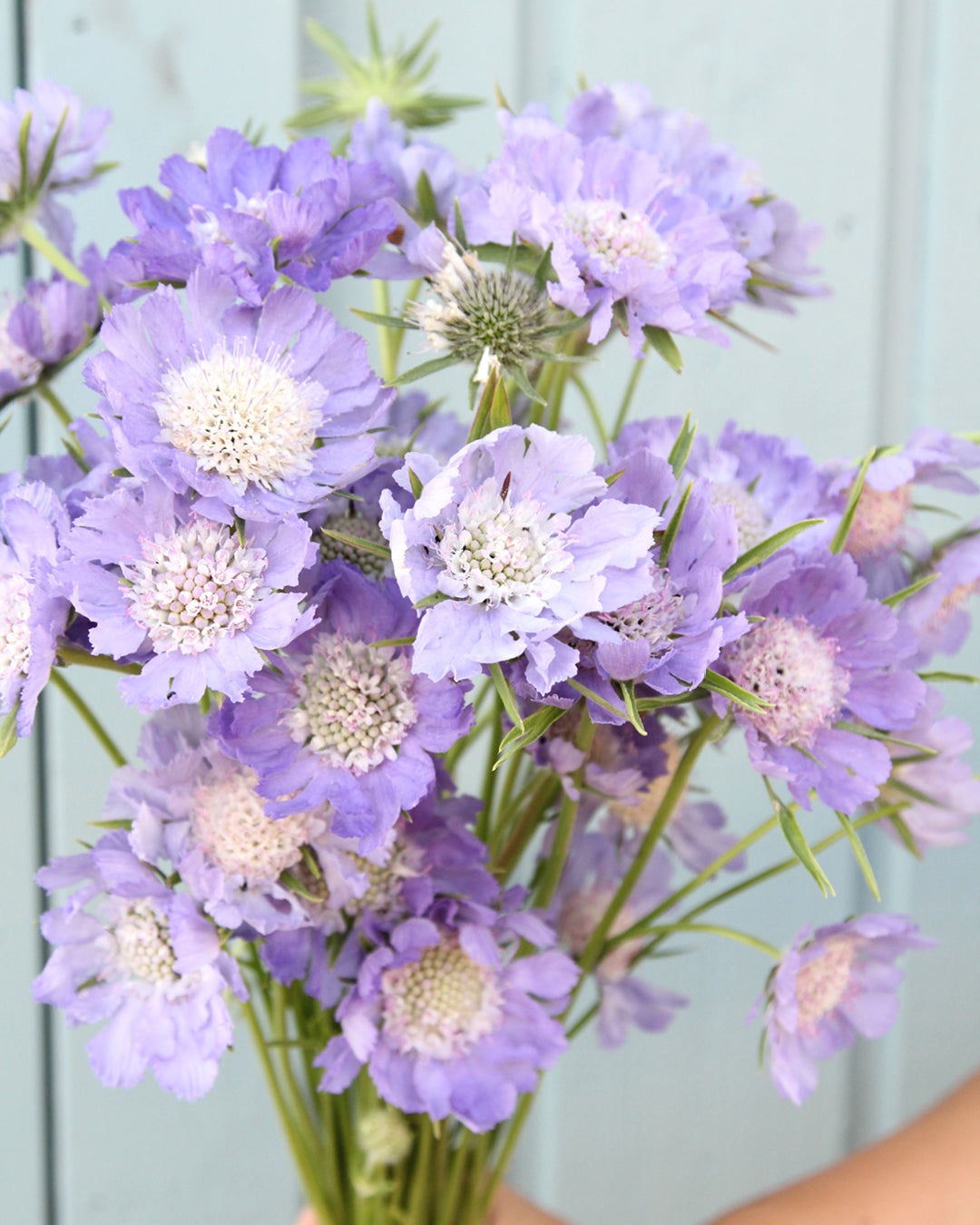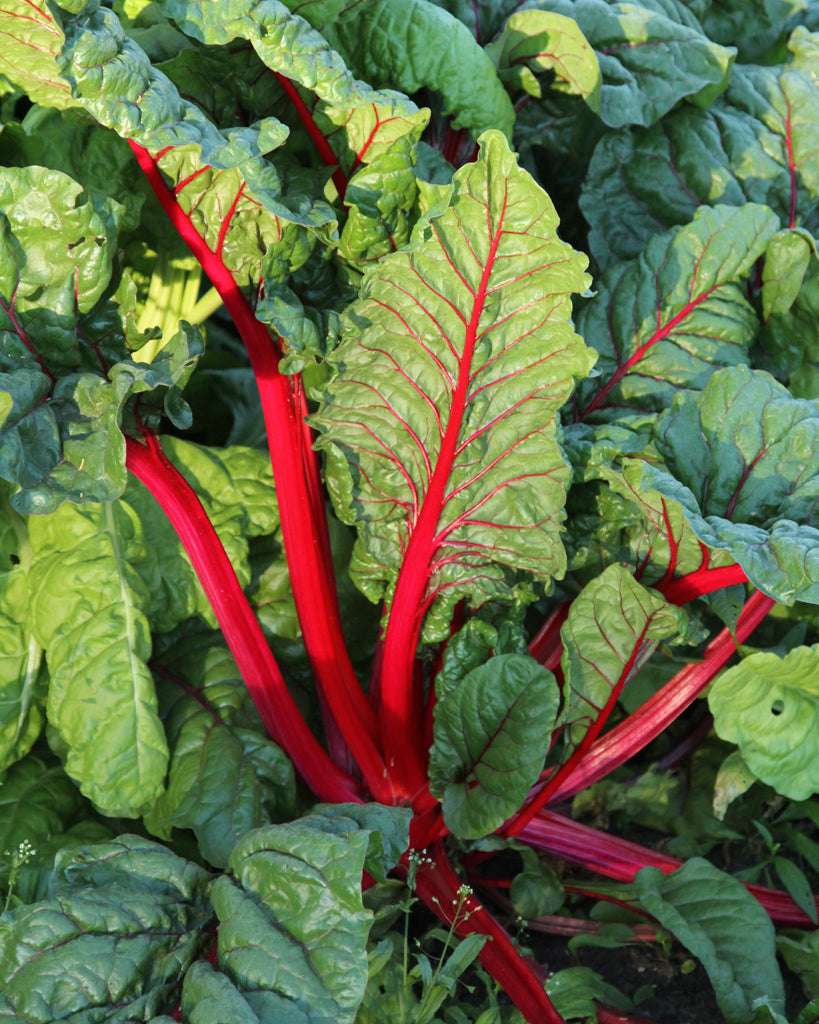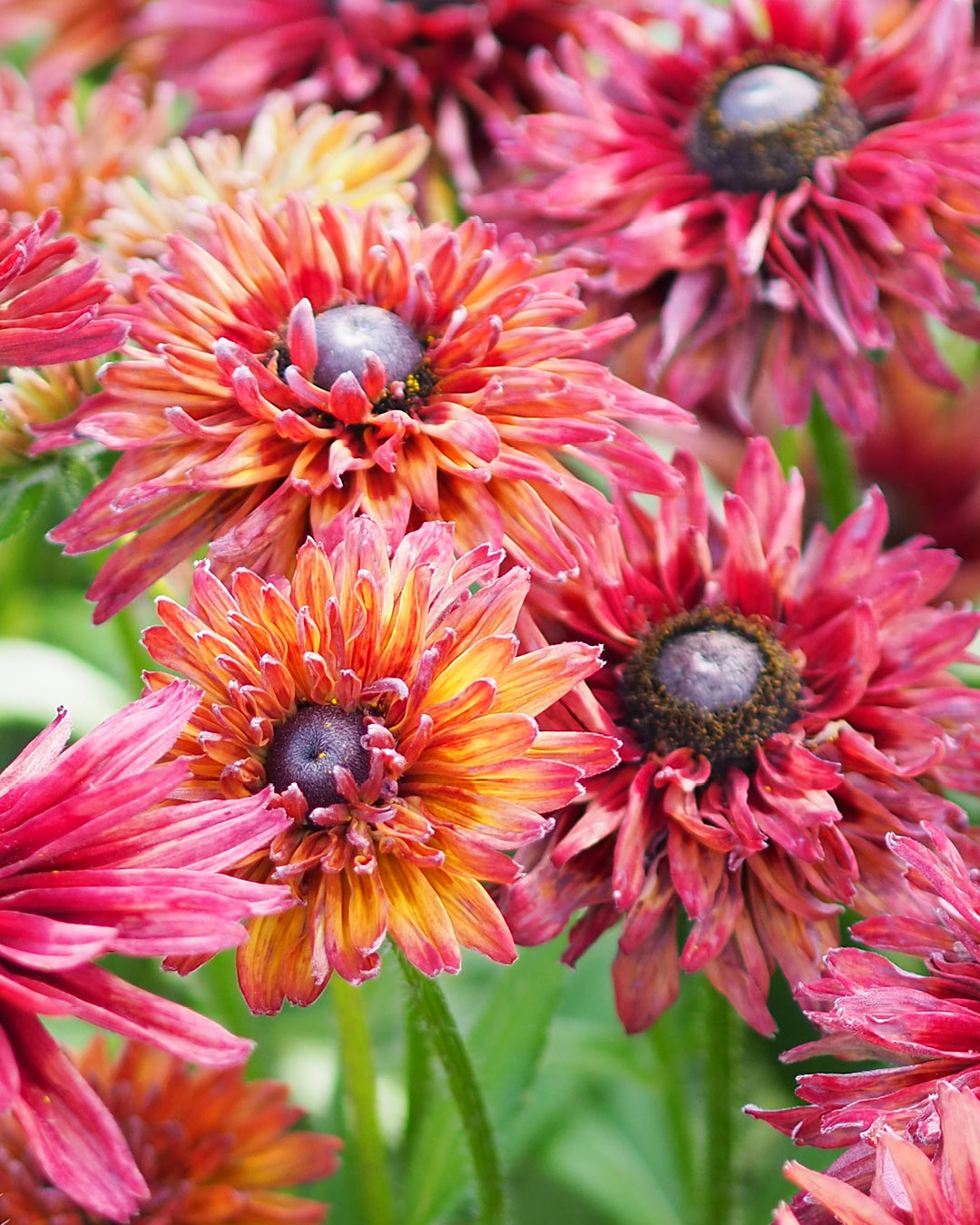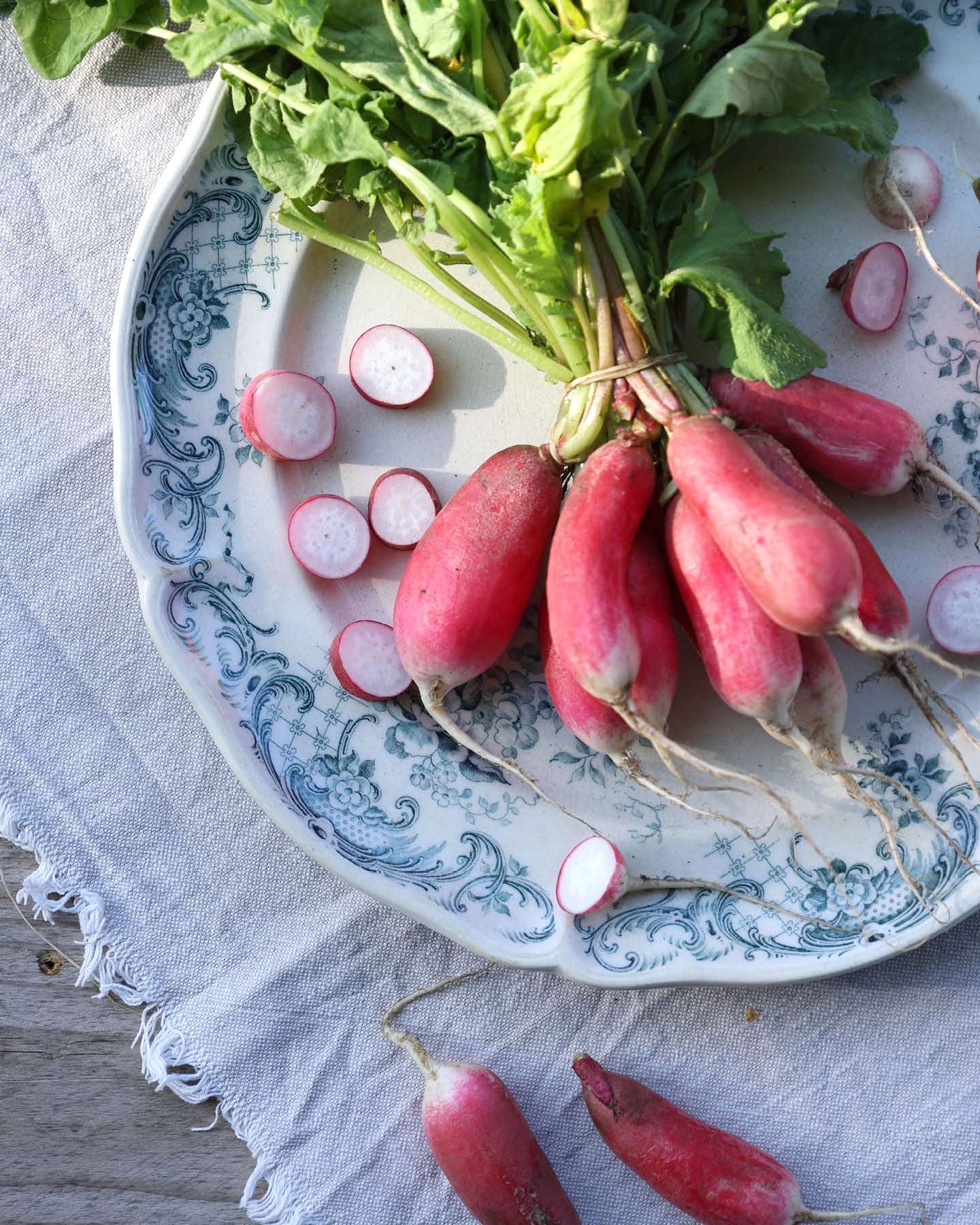The plums are ripe!
They're just waiting to be picked into buckets and boxes. The time is ripe for the plum harvest! The blue-frosted fruits taste best freshly picked, straight from the tree – whether from your own garden, from a fruit seller, from a local farmer, or discovered on a walk. The autumn prospects are wonderfully fruity! Some are in the trees faster than you can blink.
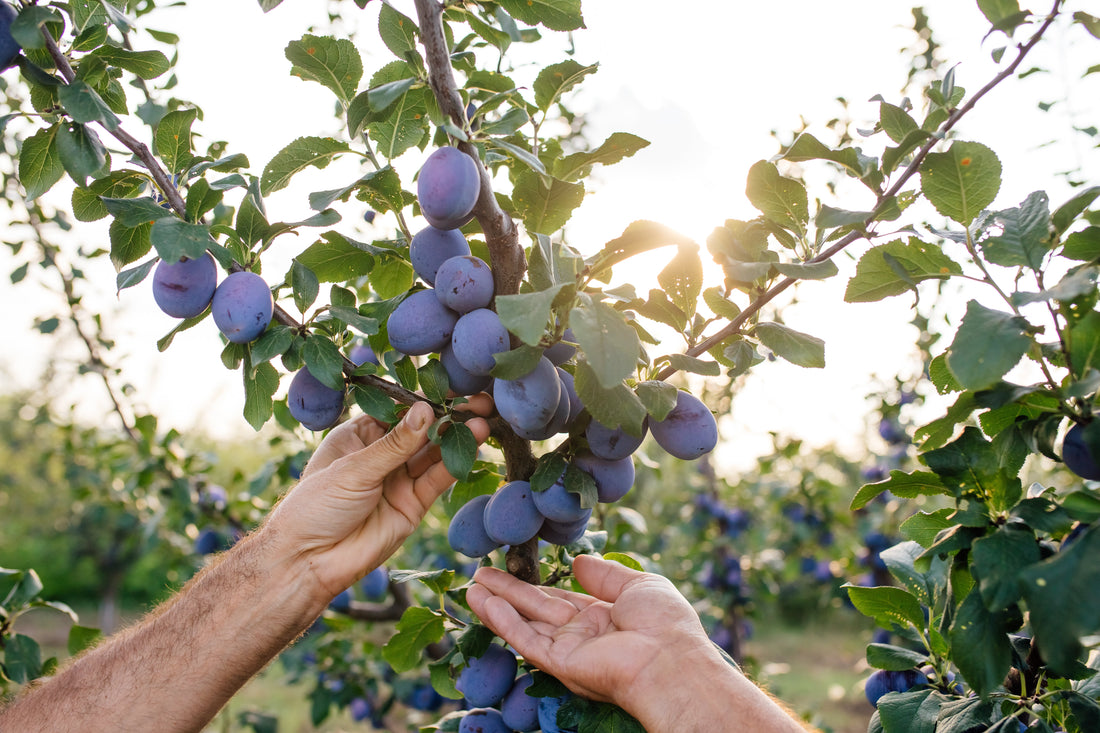
A wonderful fragrance film
The harvest season is ushered in by delicious varieties such as 'Katinka', 'Ersinger', or 'Zimmers-Frühzwetschge'. Depending on the variety, plum season in Germany begins as early as July and lasts into October with varieties such as 'Anna Späth' or 'Presenta'. The peak plum season, when most varieties can be picked directly from the tree, is September. Harvesters must proceed with great care. The surface of ripe fruit is covered in a natural white wax layer, the "fragrant film." This has less to do with the delicious plum scent than with a thin protective layer that prevents the fruit from drying out—a clever way to protect the climate. If you want to snack now and then and find the wax layer annoying, briefly rub the plum on your sweater until it shines, and then it disappears in your mouth. Otherwise, this layer is of entirely natural origin, completely harmless, and even testifies to the gentle handling of the plums. Harvesters sometimes wear thin cloth gloves to avoid destroying the scented film during harvesting.

Of plums and prunes
The blue-purple fruits hang densely on the branches. Plums and damsons ripen at different rates depending on the light. Therefore, they are best picked from the tree in sections. The plums taste best about two weeks after they turn blue.
Plums have reached their full sweetness when they shrink slightly from the stem. Although these sweet fruits are closely related, they are easily distinguishable.
The plum is rounder than the damson, with rounded ends and a pronounced belly seam. The stone, like the fruit itself, is round and bulbous. Their colors range from blue-violet to red to yellow or green. The usually yellow flesh is softer, sweeter, and juicier than that of plums. Their flesh is often difficult to separate from the stone.
Plums are more oblong in shape with pointed ends and are slightly smaller than plums. They have no groove or only a faint ventral seam. The mostly blue-violet fruits have golden-yellow flesh that separates easily from the stone. Plums can also be identified by their stone: it is oblong, flat, and pointed on both sides. Both are healthy, however, as they contain high levels of vitamins A, B, and C, as well as potassium. This makes them good for the nerves and stimulates the metabolism.
Fancy a little coolness
What should you do with them if you can't eat or use all of your plums at once? To prevent them from going soft too quickly after harvesting or buying them at the market, it's best to store them unwashed in the fruit or vegetable drawer of the refrigerator; the valuable protective layer is only removed shortly before consumption. If the plums aren't quite ripe, storing them in the refrigerator won't improve their quality. It's better to let them ripen for another one or two days at room temperature. However, the aroma won't compare to that of fully ripe plums. Fresh, unbruised plums can be stored in the refrigerator for up to a week. If the plum skin is already a bit wrinkled, your appetite for fresh plums will quickly disappear. But they are wonderful for making chutneys, sauces, or plum jam.
Free fruit for free citizens – stealing food is encouraged
Have you ever had the spontaneous idea while out for a walk to climb into an old plum tree by the side of the road and pick some fresh fruit for your Sunday cake? Who actually harvests the abandoned fruit trees in the semi-wild, laden with fruit? It would be a shame if no one other than the birds were interested in the delicious fruits. For several years now, the internet platform www.mundraub.org has set itself the goal of making forgotten fruit stocks in public spaces available to "volunteer harvesters" and opening them up to the public under the motto: "Free fruit for free citizens." The website features a "Mundraub map" (picking map) that lists publicly accessible trees and shrubs throughout Germany and Europe. You can search for nearby locations to your heart's content and according to your harvesting mood. There you'll find entries on apples, pears, soft fruits, even nuts and herbs. Of course, the platform also thrives on tips. If you see places with wild fruit on your next walk or foray into nature, you can then enter them on the map yourself.
Further information at www.mundraub.org
On holiday packed with basket, bucket and shovel
It's neither a break in a five-star hotel by the sea with fun swimming, nor an exciting hiking holiday. Why not swap your beach bag or backpack for a basket, bucket, and shovel? The desire to experience the pure joy of harvesting in the great outdoors is gaining increasing interest among stressed and exhausted city dwellers, but is also popular with nature-loving individualists. Far from the hustle and bustle and time pressure, can the desire to simply roam the countryside as a harvest worker be turned into a holiday in the countryside – perhaps on an organic farm, and for free? WWOOF makes it possible. The international network Worldwide Opportunities on Organic Farms provides volunteers with free food and lodging for their work on organic farms in Germany and abroad. You can go to Dithmarschen for the cabbage harvest, help with beekeeping in Bavaria, travel to Italy for the grape harvest and olive harvest, harvest vegetables in Brittany, or pick tomatoes in Provence. Depending on your mood, you can help with the harvest, assist with farm work involving plants and animals, and learn about organic farming. In return, you'll enjoy meals made with fresh ingredients and free accommodation. Plus, you'll get plenty of insights into the culture, the country, and its people – all inclusive. So, let's get out into the fields or up into the trees.
Further information at www.wwoof.de
TEXT: Martina Raabe

